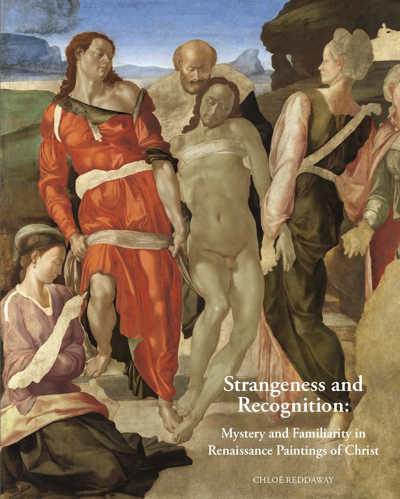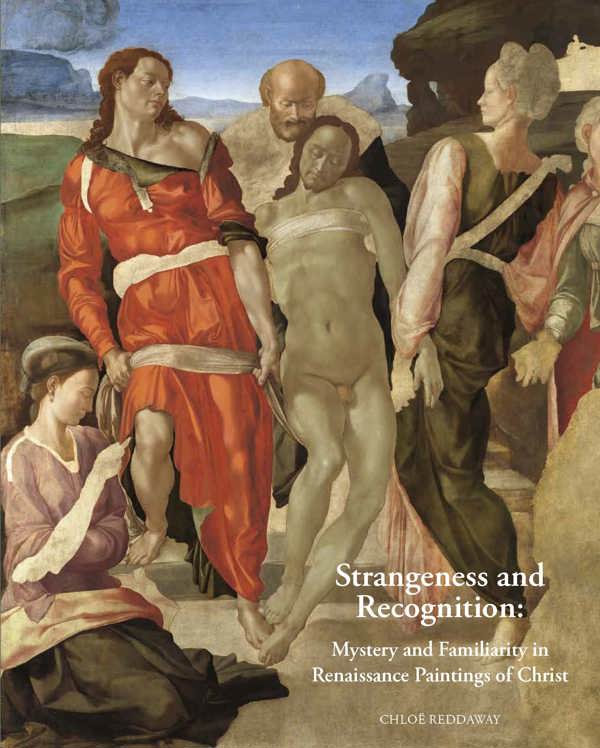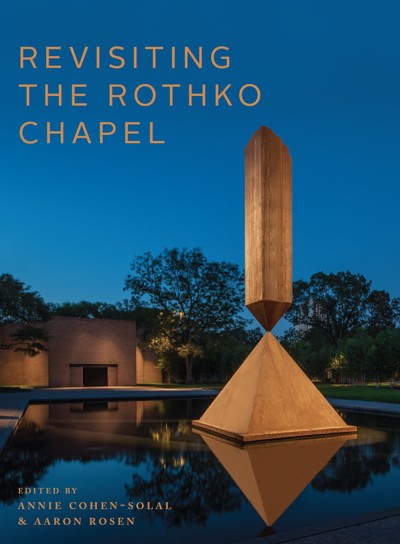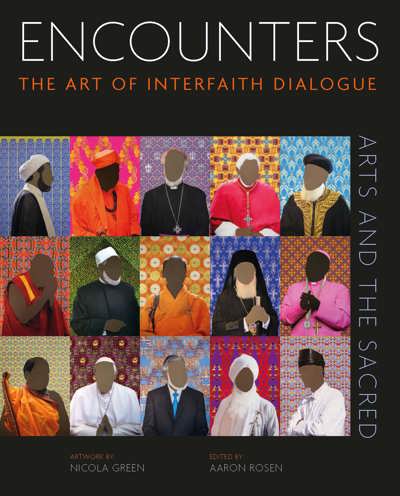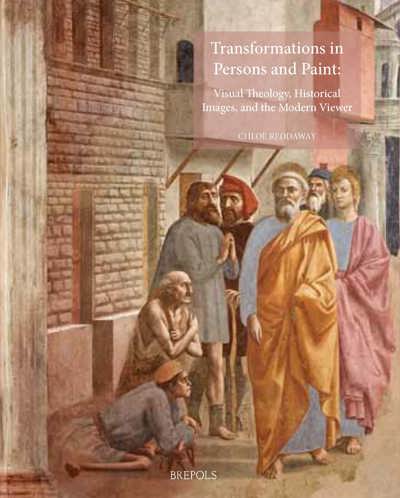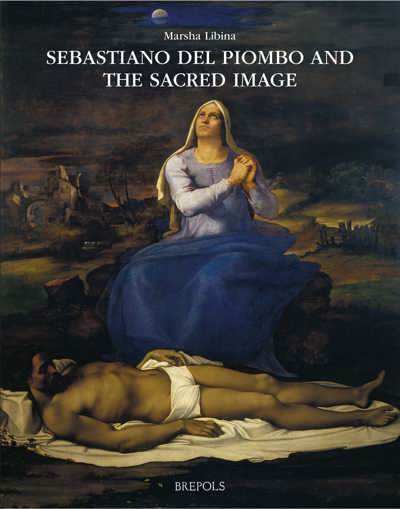
Strangeness and Recognition: Mystery and Familiarity in Renaissance Paintings of Christ
Chloë Reddaway
- Pages: 230 p.
- Size:216 x 280 mm
- Illustrations:69 col.
- Language(s):English
- Publication Year:2019
- € 110,00 EXCL. VAT RETAIL PRICE
- ISBN: 978-2-503-58120-0
- Hardback
- Available
Shortlisted for the Art and Christianity Books Award 2019
‘A transformative new work of scholarship: beautifully written and intellectually challenging, this book has made me think again about pictures I thought I knew well.’ (Caroline Campbell, The Jacob Rothschild Head of the Curatorial Department, The National Gallery, London)
"We all admired Chloë Reddaway’s Strangeness and Recognition, published by Brepols, a model of its kind — thoughtful, deeply serious, and about the central issue of the relationship between theology and image-making."
(From the jury report, shortlisted for the Art and Christianity Books Award 2019)
analyses of a wide-ranging banquet of Renaissance art from Jan van Eyck’s The Madonna in a Church, Joos van Cleve’s The Holy Family, Leonardo’s The Virgin of the Rocks, and Fra Angelico’s The Coronation of the Virgin to Michelangelo’s The Entombment, Titian’s Noli Me Tangere, and El Greco’s The Visitation among others. Her readings of these artists and their works stimulates both the reader’s intellect and the viewer’s eye as her volume is copiously illustrated in full color. This is a volume that is as much about history and theory as it is about affectivity and the experience of Christian art (…) Reddaway’s Strangeness and Recognition is a clear challenge to art historians and theologians to continue to look and look again at these primary documents that visualize and simultaneously voice the meaning of the incarnation in the Renaissance or in the 21st century.” (Diane Apostolos-Cappadona, in Reading Religion, 20/10/2021)
Dr Chloë Reddaway is a research fellow in the Centre for Arts and the Sacred at King’s College London, and former Howard and Roberta Ahmanson Fellow and Curator of Art and Religion at the National Gallery, London. She writes and lectures about visual theology, specialising in the recovery of historical images for contemporary theology. Publications include: Transformations in Person and Paint: Visual Theology, Historical Images, and the Modern Viewer (Turnhout: Brepols, 2015).
How do you paint a figure who is fully human and fully divine? How do you paint Christ?
Strangeness and Recognition takes a fresh look at well-known Renaissance paintings of Christ and shows how surprising and deeply 'strange' they can be. This book brings an imaginative and affective theological perspective to the viewing experience as it explores the twin roles played by ‘strangeness’ and ‘recognition’ in responding to the challenge of creating and relating to images of Christ. By confounding expectations and defamiliarising subject matter, the ambiguity and mystery of these paintings disturbs viewers’ expectations and reconnects them with the extraordinary mystery of the Incarnation.
While neither words nor images can fully describe God, through a questioning, challenging dialogue with paintings, whose visual language disrupts itself, viewers can be brought to the limits of their own understanding and can enter into transformative and personlike relationships with paintings. These personal exchanges lead through estrangement to the rediscovery of the familiar within the strange and the renewed within the familiar, and to the ultimately unspeakable, unpaintable, mystery of the Incarnation.
Drawing on a diverse range of theologians, philosophers, art historians and art theorists, and building on her own earlier work, Chloë Reddaway shows the theological potential of Christian images, even when they are far removed from their original contexts. A major contribution to the emerging field of visual theology, this book will appeal to scholars of theology and art history alike, as well as to the museum-going public.
Introduction
Part 1: Strangeness and Recognition
Chapter 1: The problem and potential of religious language and art
Chapter 2: Naming Strangeness
Chapter 3: Recognising Christ
Part 2: Making Strange
Chapter 4: Strangeness in Renaissance Painting
Chapter 5: Unexpected Iconography
Chapter 6: Time and Place
Chapter 7: Always and Nowhere
Chapter 8: Revelation
Chapter 9: Open Images
Conclusions: Attending
